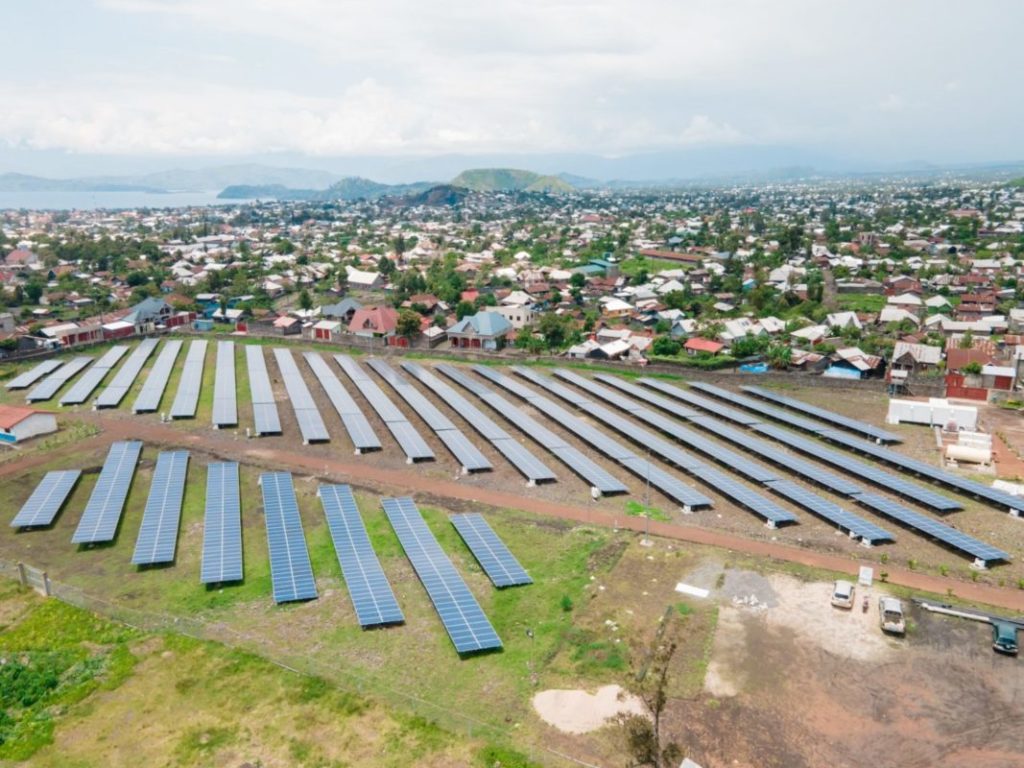In Short: Collaborative efforts are underway to establish triple-win solar projects, fostering benefits for communities, businesses, and the environment. Through strategic partnerships, solar initiatives are being developed that provide clean energy solutions, create employment opportunities, and contribute to environmental conservation.
In Detail : Last week, key utility-scale solar industry stakeholders took two important steps toward a coordinated approach to building the clean energy future we all want.
To help address the climate crisis, the United States needs to build approximately 564 gigawatts of renewable electricity and storage by 2035. That’s nearly enough new clean energy to power all the nation’s 143 million homes. We need to bring online between two and four times the number of renewable energy projects per year as we did in 2022. That’s a challenge—and it’s also an opportunity to not only fight climate change but also improve biodiversity and reduce inequity. In doing so, we can create between 500,000 and 1 million family-sustaining jobs.
To seize this opportunity, we’re all going to have to work together. Last week, key utility-scale solar industry stakeholders took two important steps toward a coordinated approach to building the clean energy future we all want.
First, groups representing the solar industry, the environment (including NRDC), farmers, and Indigenous People agreed to work together to encourage projects that advance the “3Cs”: climate, conservation, and community. The goal is to create and support best practices that don’t just minimize impacts but also actively promote benefits across all three C’s.
Toward this end, the signatories are convening six working groups that will address key issues and opportunities, including community engagement, siting-related risk assessment and decision-making, energy and agricultural technologies, tribal relations, and policy solutions.
Over the past few years, we’ve heard a lot in Washington about how we need to gut protections for communities and the environment to fast-track these projects. What this agreement shows is that when industry and stakeholders work together, we can build these projects the right way.
This brings us to the second collaboration, which was among the skilled trade unions that will represent the workers building these large solar projects. Last week, the International Union of Operating Engineers, the Laborers International Union of North America, and the International Brotherhood of Electrical Workers signed a national Three-Trade Agreement that delineates which union’s members are responsible for which tasks on a union-built solar project. This agreement will help developers, contractors, and the entire solar industry with labor stability by using workers that are a part of the local community.
Last year’s climate law, the Inflation Reduction Act, set the table with big incentives to developers that meet certain apprenticeship ratios and pay prevailing wages. As a result, solar developers are increasingly interested in working with these labor unions to take these steps on projects around the country. With this week’s Three-Trade Agreement now in place, there is an opportunity for the solar industry to build a lasting partnership with organized labor.
The solar industry should take advantage of agreements like this and commit to creating good jobs that provide adequate wages and benefits, consistently safe working conditions, transparent growth opportunities, and a sense of belonging for all workers. Not only will this give the unions the confidence needed to ramp up training and workforce recruitment efforts, but it will also help build community support for project approvals at the local level.
There’s a lot of building still to be done. For instance, these labor unions should be part of the solar Uncommon Dialogue going forward. Nevertheless, that agreement and the Three-Trade Agreement are clear signs of building new partnerships and momentum toward a cleaner energy future.

